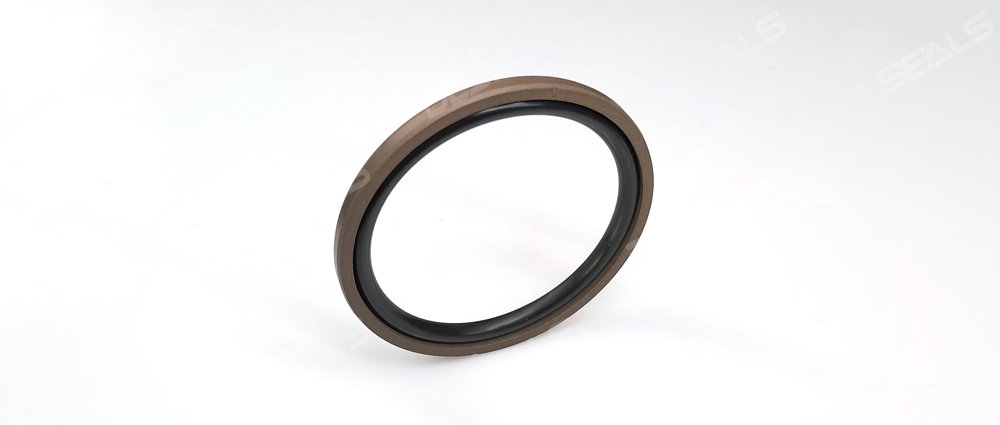Sealing high-pressure fluid systems presents unique challenges that can impact the performance, safety, and reliability of various industrial and aerospace applications. Whether you’re dealing with hydraulic systems, pneumatic systems, or other pressurized environments, understanding these challenges and implementing effective solutions is crucial for maintaining system integrity and operational efficiency.
Challenges in Sealing High-Pressure Fluid Systems
- Extreme Pressure Conditions High-pressure systems are designed to operate under significant pressure, which can range from 15 to 21 megapascals (MPa) or even higher. The extreme pressure conditions can cause sealing materials to deform, extrude, or fail if not properly selected and installed.
- Material Degradation The harsh environment of high-pressure fluid systems often leads to accelerated wear and tear on sealing materials. Exposure to high pressures, temperatures, and aggressive fluids can cause material degradation, affecting the sealing performance and longevity.
- Precision in Dimensions Achieving the right dimensions for seals and grooves is critical. Inaccurate dimensions can lead to improper sealing, causing leaks or inefficient performance. Tight tolerances and precision are required to ensure a perfect fit between the seal and the groove.
- Installation and Alignment Issues Proper installation and alignment are vital to the effectiveness of seals in high-pressure systems. Misalignment or incorrect installation can lead to uneven pressure distribution, seal damage, and potential system failure.
- Temperature Extremes High-pressure systems often operate in environments with extreme temperature variations. Seals must be able to withstand these temperature extremes without losing their sealing properties or becoming brittle and prone to failure.
- Contamination Contaminants such as dirt, dust, and debris can enter high-pressure systems and compromise the integrity of seals. Ensuring that seals are protected from contamination is crucial for maintaining system performance.
Solutions for Effective Sealing
- Selecting the Right Materials Choosing the appropriate sealing materials is essential for high-pressure systems. Materials should be resistant to pressure, temperature fluctuations, and chemical exposure. Advanced elastomers, fluoropolymers, and metal seals are often used to meet these demanding requirements.
- Precision Manufacturing To ensure that seals fit perfectly within their grooves, precision manufacturing is crucial. This involves maintaining tight tolerances and accurate dimensions during the production of seals and components.
- Proper Installation and Alignment Implementing best practices for seal installation and alignment can prevent many common issues. Use appropriate tools and techniques to ensure that seals are installed correctly and that components are properly aligned.
- Temperature Management To address temperature extremes, consider using seals designed to perform well under a wide range of temperatures. Additionally, incorporating temperature control measures such as cooling systems can help manage thermal conditions within high-pressure systems.
- Contamination Control Implementing effective filtration and contamination control measures can protect seals from harmful particles. Regular maintenance and inspections can also help identify and address contamination issues before they impact seal performance.
- Regular Maintenance and Inspection Regular maintenance and inspection are key to identifying and addressing potential issues before they lead to failures. Scheduled checks can help detect early signs of wear, alignment issues, or material degradation.
Conclusion
Sealing high-pressure fluid systems requires addressing various challenges, including extreme pressure conditions, material degradation, precision in dimensions, installation and alignment issues, temperature extremes, and contamination. By selecting the right materials, ensuring precision manufacturing, and implementing effective installation practices, temperature management, contamination control, and regular maintenance, you can overcome these challenges and ensure the reliability and performance of your high-pressure fluid systems. Investing in quality seals and adhering to best practices will help you achieve optimal results and maintain system integrity in demanding environments.
Post time: Aug-10-2024

